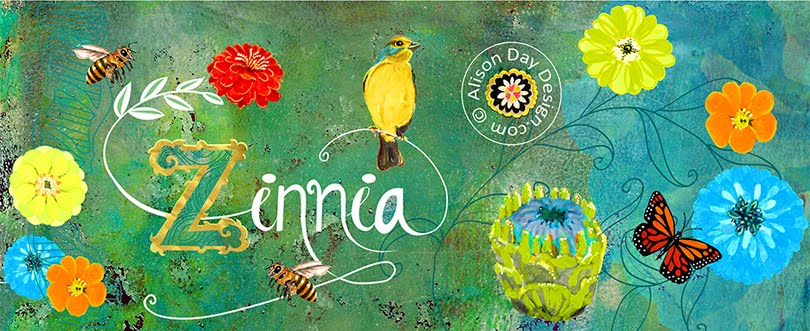My meeting
with Suzanne Postel came out of my curiosity to find out who the artist was of
a rather imposing mural covering the entire side of a building contractor’s
office, along the Korreweg in Groningen
I met
Suzanne at her studio along the Eendrachtskade, which is spacious enough to
serve as both work and exhibition space. The studio is filled with marvelous
paintings at every turn and the area in the back, where we sat and drank
coffee, has a wall that is a collage of small paintings, images, and photos of
friends and family. I asked her how it came about that one of her murals was on
the side of a building contractor’s office. She told me that living nearby
meant that everyday she had looked out upon the building and a set of filled in
windows that had been painted a rather unimaginative white. This made her
fingers itch to do something about it, so much so that she approached them and
offered to paint the offending building with a mural. The result is a set of
very impressive classically robed women, each standing in a niche bearing a
tool or implement relevant to the building trade.
Although
always an artist at heart, after her student days and completion of her studies
at the art school Minerva in Groningen ,
she decided to leave Holland for France Groningen Groningen
Before
starting a piece of work, she does a lot of sketching, takes photographs (in
the case of a commissioned portrait) and adds to a scrapbook. A book full of
ideas this scrapbook is filled with images, material samples, and text, often
poignant lines from poems. A particular favourite is the poet Jean Pierre
Rawie. From this process arises a series of puzzle pieces that when put
together become the basis design for a mural or portrait. Then turning to
canvas or masomite (a specially treated art board) the initial idea is laid
down very quickly as an acrylic base. After that she will work further on the
idea in oils until its logical conclusion is reached and she is happy with it.
Other strong
influences in her work can be seen to come from paintings from the Renaissance
and Impressionist movements and from the world of dreams. According to the
Chinese one should live out ones dreams in order to move on. One particular
dream that she has turned into a painting is a self-portrait of herself, angry
and with a dripping paintbrush in her mouth. What it means she is not sure, but
it needed to be painted.
With regular
commissions and exhibitions, as well as doing all her own public relations, and
giving painting lessons to students with an age range of twenty to sixty.
Suzanne is not only able to follow her passion but has been able to make it
into a successful business.
The opening
of her current exhibition entitled ‘De Hoge Lucht’ (The Light from Above), took
place on 24 June 2007. The event was opened by Jacque D’Ancona (a renown Dutch
journalist, amongst other things).

















